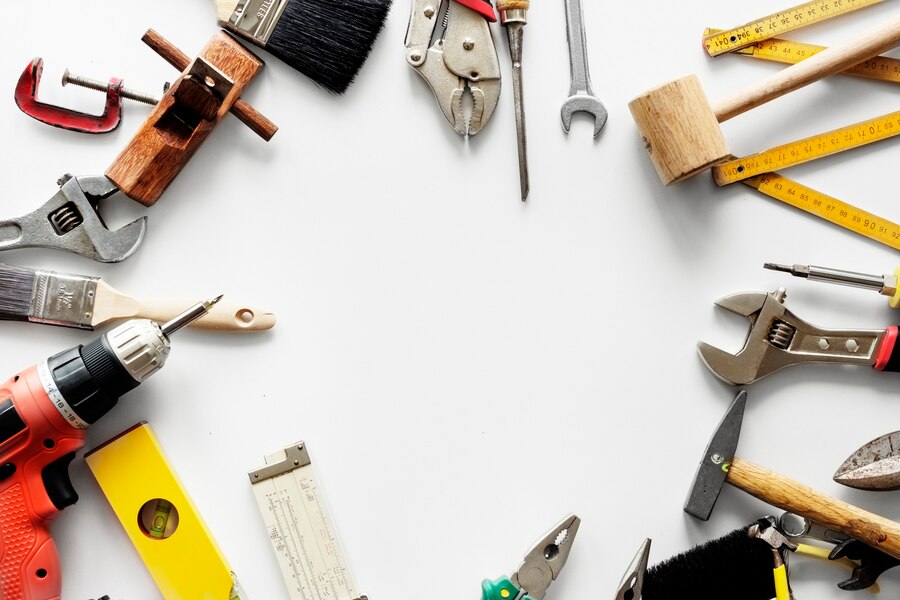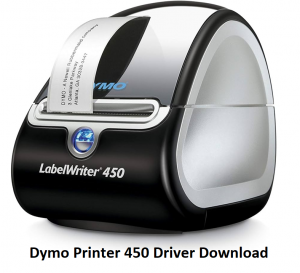Safety Measures to Follow While Using Hand Tools

Guest Post: A hammer or a plier is dangerous as long as it’s misused. Yup, accidents do happen, and hand equipment is sharp and scary because of the nature of the tasks it does. You can easily avoid accidents if you know how to handle these tools safely. Even if you’re not a mechanic, you’ll still have some basic tools in your house, like a hammer, knife, screwdriver, and wrench. For small fixes that you can do yourself, you should follow safety measures and keep the tools out of kids’ reach. Let’s see what safety measures you can follow while using these tools so that they are no longer a danger:
- Check the tools before using them
Do not use hand tools that are defective or damaged. Always inspect their condition before and after using them. Ensure that they are in suitable working condition before usage. Refer to the manufacturer’s instruction manual while sharpening or repairing the tools.
- The right tool for the right job
Don’t replace one tool for another. Using a tool in the wrong way is an easy way to up your chances of an accident. Don’t use a file as a hammer. Don’t strike tools with one another like one hammer to another or a hammer on a file. Use a claw hammer to pull out nails instead of using something else. Don’t use your toolbox to gain height or use it as a workstation. Use it for safely storing your tools. When you use the proper tool for the job, you’ll not only keep yourself safe, but also get the job done efficiently and quickly.
- Choose the PPE for jobs that demand it
Doing carpentry or soldering jobs? You’ll definitely need proper PPE or Personal Protective Equipment. Actually, any kind of job would require some degree of safety, like wearing safety gloves and goggles. Face shields, hard hats, safety vests, and helmets are some safety equipment you may need when doing intense mechanical work.
- Use your tools the right way
This slightly overlaps with the first point, but the safety measure is explained more elaborately. Do not use tools when your hand is greasy, oily, or dirty. Don’t hold a hand tool by its sharp side or blade. You can easily cut yourself in that way. Do not use blunt chisels, saws, and blades for cutting or sawing. Replace dull, bent, and damaged drill bits. Make sure they are sharpened and in good working condition. Use chisels and hammers in the proper way. E.g., do not use the cheek of the hammer for hitting nails but use the hammerhead instead.
- Practicing safety while handling tools
Always make sure that you pass on a tool with another person’s knowledge. Do not toss or throw tools at another person. While you pass on a tool, the pointed or sharp edges shouldn’t face you or the other person. Using the toolbox or a tool belt while passing your equipment is best. Use a toolbox for storing and carrying your tools. Don’t carry sharp tools in your pocket; instead, use a tool belt or a toolbox. Use a bucket or a bag to lift the tools separately when working at a height. This should be done by another person, not the person working at a height. Perch your tools at the working place using clamps or bench vices. Don’t let them lie around freely so that they can roll off from the surface and fall on someone passing by below. Always take out only as many tools as you need instead of keeping them scattered around. The tools not in use can be neatly stored in your toolbox.
- Don’t do makeshift alters/repairs on your tools
Safety tools have finger guards and safety clips as added safety measures. Do not remove them while trying to repair them or alter them in any way. Get your tools repaired or altered by a professional instead of trying them out yourself.
- Ensure enough working space
If you’re a mechanic, you should have plenty of working space between you and your co-worker. If you’re handling tools at home, make sure kids or pets are not playing around, and you can focus on your job. You should have enough perimeter, a stable surface, and adequate support while working with hand tools, so you don’t bump into other things or people.
- Clean up after your work is done
Do not leave your tools idle after finishing your job. You or someone else might step on them and get injured. Clear up the clutter, organize your tools back into your toolbox, and clean up any sharp pieces, chips, or objects that could have fallen on the ground while you were working. Use the grip handle of the toolbox when opening or closing it. Lock the toolbox properly before transporting it to another place. So there you go. Easy to implement yet valuable safety measures to follow while working with hand tools. Follow these safety rules, and you’ll definitely avoid a 99% chance of landing up in an accident. As mentioned earlier, the tools aren’t a danger in themselves; a person’s lack of knowledge and carelessness while using them cause hazards. So keep yourself safe!
If you are facing the error on your computer and laptop like – Your connection is not private, then this video is for you.








